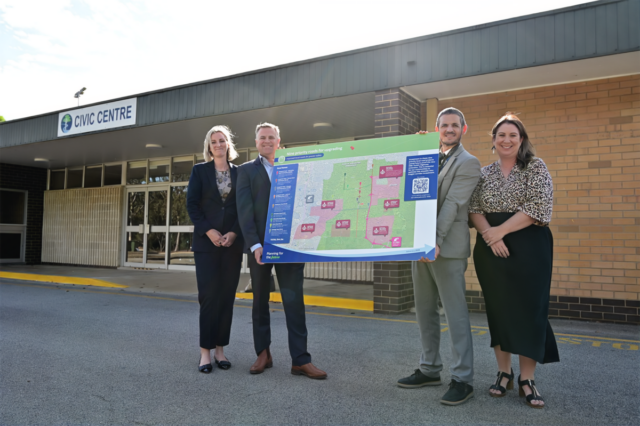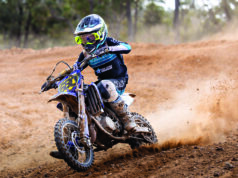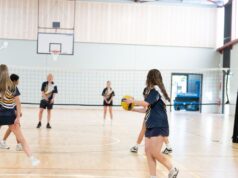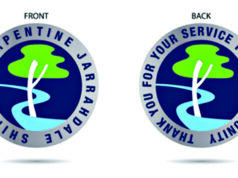
Mundijong has been highlighted as one of three growth areas in Perth with the potential to turn around WA’s housing crisis.
Urban Development Institute of Australia WA (UDIA WA) has just released its Growth Areas Infrastructure Requirements Report in which it identifies the capacity of the ‘Southern Corridor’ of Mundijong/East Wellard to significantly boost housing potential.
The other two areas identified in the report are Ellenbrook/Bullsbrook, and Wanneroo East.
UDIA WA Acting CEO Sarah Macaulay said there is the potential for up to 90,000 homes to be built across these three areas.
“The most effective way we can alleviate the current housing crisis, is to facilitate the delivery of more homes, faster,” she said.
“The Southern Corridor, including Mundijong and East Wellard in particular, were identified as areas with the potential to unlock the delivery of thousands of new homes.”
But a lack of critical enabling infrastructure is currently limiting the potential for housing development.
The UDIA WA report highlights the need for urgent upgrades to Mundijong Road and its intersections, as well as the area’s power, water and sewerage infrastructure.
And the Shire of Serpentine Jarrahdale has backed the UDIA WA’s call for an initial investment of $421 million in critical enabling infrastructure funding across the three areas identified.
In addition, research by the National Growth Areas Alliance (NGAA) released yesterday, reinforces the need for investment in infrastructure to support sustainable growth in the region.
According to that research, Federal and State Government infrastructure investment has not kept pace with population growth, leaving WA growth area communities with deficits across three out of four areas.
This includes a 46 percent gap in access to health care, a 53 percent gap in sports and leisure facilities and a 65 percent gap in access to arts and culture centres.
“It’s promising to see industry realise the potential of growth areas to meet our housing deficit, but as our data shows, people need more than just rooves and walls. They need access to schools, healthcare, employment opportunities, roads and open spaces. They need community,” NGAA CEO Bronwen Clark said.
“Perth’s Growth Areas are currently home to 1.1 million people who have come to these new suburbs on the promise of living the Australian dream of home ownership with room for kids to play in the yard. Without proper access to basic social infrastructure, these families are being set up to fail.

“With Growth Areas expected to accommodate 59 percent of Australia’s population boom in the next six years, it’s vital that we fix the blind spots in infrastructure investment. That’s how we’ll fully realise the potential of these suburbs to solve the housing crisis, without creating new crises for future generations.”
President Rob Coales said that the findings of both reports aligned with the shire’s state and federal election funding requests for upgrading key roads, and delivering urgent community infrastructure.
As part of its 2025 election priorities and requests, the shire is advocating for $44.2 million for upgrades to nine priority roads and $43.77 million for the expansion of the SJ Community Recreation Centre.
SJ’s population had doubled in the past two decades, making it one of Australia’s fastest-growing local government areas.
It is predicted to double again over the next 15 years, reaching more than 70,000 people by 2035.
But reaching this target is only possible if the necessary infrastructure is coordinated for delivery in the short term.
“With Byford seeing a natural population increase of 404 babies in 2022-23—the highest in Western Australia—the demand for housing and infrastructure is undeniable. Byford grew by the second largest amount of any suburb in WA during that year also, pointing to the capacity for the shire to ensure development is delivered,” President Rob Coales said.
“As one of the fastest-growing regions in Australia, the shire is facing both tremendous opportunity and significant pressure.
“To meet future needs, we need the Federal and State Governments to fund critical infrastructure projects that will enhance livability and unlock housing opportunities.”













